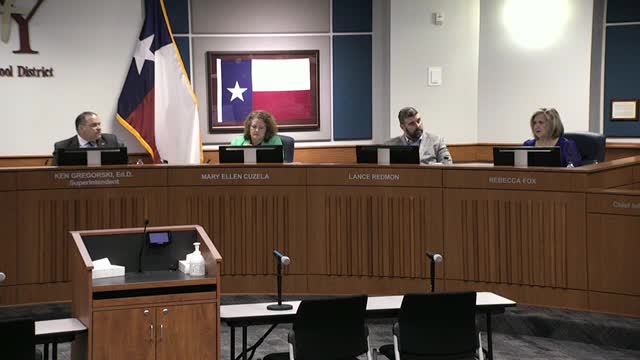District reveals $20 million strategy to stabilize insurance costs
July 29, 2024 | KATY ISD, School Districts, Texas

This article was created by AI summarizing key points discussed. AI makes mistakes, so for full details and context, please refer to the video of the full meeting. Please report any errors so we can fix them. Report an error »

During a recent government meeting, officials discussed the district's financial management and the implications of potential tax increases amidst ongoing inflation. A key point raised was the district's substantial investment in insurance coverage, amounting to over $20 million in recent years. This funding has helped maintain stable insurance premiums for participants, contrasting with the rising costs seen in other districts, particularly in the TRS Active Care program, where premiums are projected to increase by 10 to 20%.
The conversation also highlighted the district's strategy of budgeting for a 2% underspending, a practice that has been in place for 15 years. This approach allows the district to manage staffing turnover effectively, as positions are not always filled immediately, leading to significant savings over time.
As the district prepares to open new schools, officials noted the complexities of staffing, particularly in high schools and junior highs, where staffing formulas differ from elementary schools. The discussion underscored the importance of careful financial planning as the district navigates growth and resource allocation.
A significant portion of the meeting focused on the potential for raising taxes. Several officials expressed reluctance to increase taxes in the current economic climate, emphasizing the need to advocate for state funding rather than burdening taxpayers. They pointed out that the state has not provided funds that have already been paid into the system, which complicates the financial landscape for the district.
Overall, the meeting reflected a commitment to maintaining fiscal responsibility while addressing the needs of the district's growing student population and the challenges posed by external economic pressures.
The conversation also highlighted the district's strategy of budgeting for a 2% underspending, a practice that has been in place for 15 years. This approach allows the district to manage staffing turnover effectively, as positions are not always filled immediately, leading to significant savings over time.
As the district prepares to open new schools, officials noted the complexities of staffing, particularly in high schools and junior highs, where staffing formulas differ from elementary schools. The discussion underscored the importance of careful financial planning as the district navigates growth and resource allocation.
A significant portion of the meeting focused on the potential for raising taxes. Several officials expressed reluctance to increase taxes in the current economic climate, emphasizing the need to advocate for state funding rather than burdening taxpayers. They pointed out that the state has not provided funds that have already been paid into the system, which complicates the financial landscape for the district.
Overall, the meeting reflected a commitment to maintaining fiscal responsibility while addressing the needs of the district's growing student population and the challenges posed by external economic pressures.
View full meeting
This article is based on a recent meeting—watch the full video and explore the complete transcript for deeper insights into the discussion.
View full meeting
